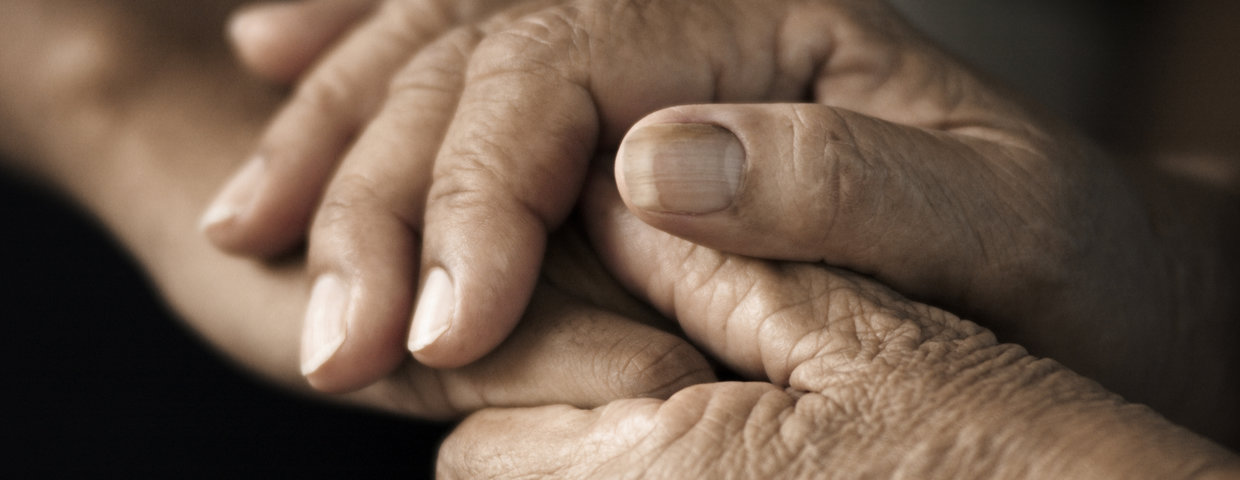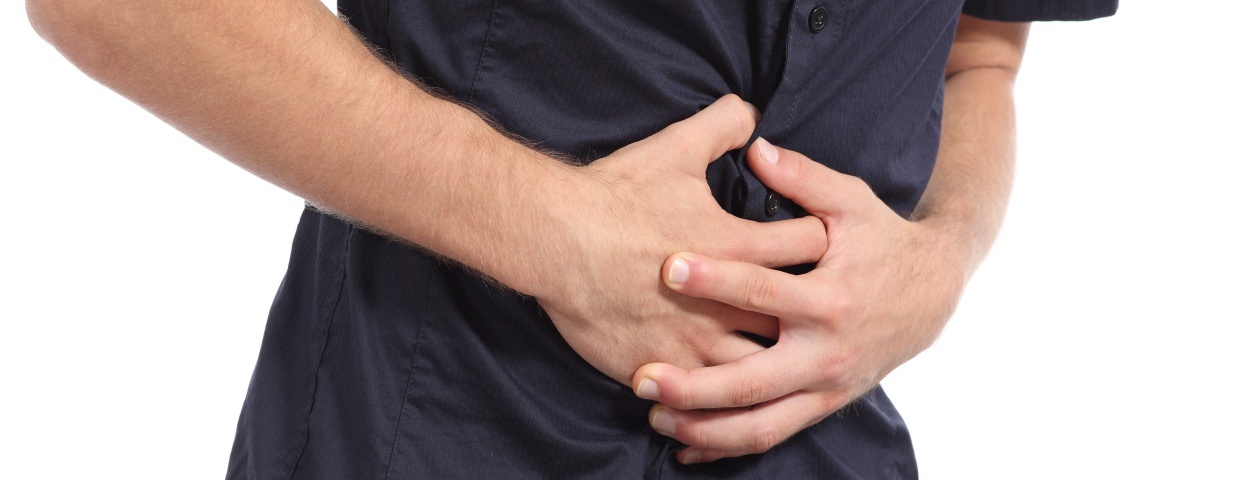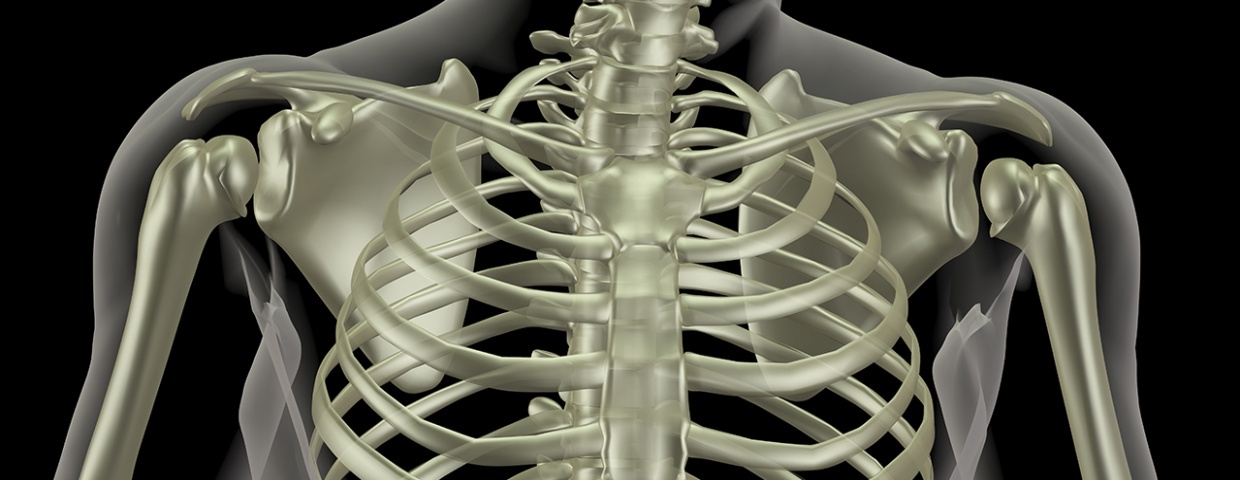Why Your Patients Need Heart Hugger
In today's world, we have a lot of questions and three times as many answers. Sometimes, that's a good thing. We can get second (and third) opinions on just about anything. We can get the same information from a variety of perspectives. We can choose how to solve problems because the power of technology and modern study has afforded us the ability to decide on the best option instead of the only option. However, more choices can also mean more confusion. How can anyone know if they're making the best possible choice when there are so many possibilities? The key is to get all of the information, study the facts, and then, ultimately, trust your instincts--and this is especially true when making patient care decisions.










